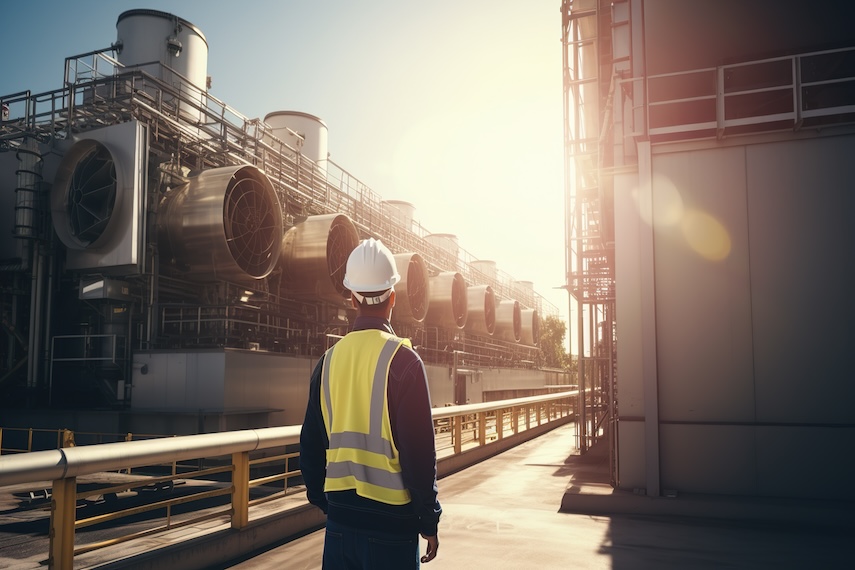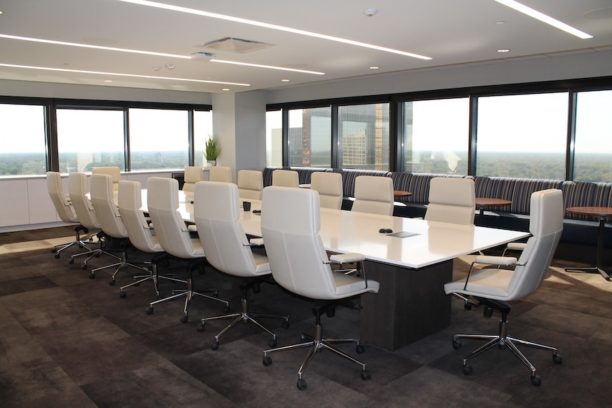I’m usually cynical and critical of carbon offset projects, but this is going a little too far in my opinion. Trellis reported that
“Calyx [an independent rater of carbon credits projects] assigned a Tier 3 rating — the lowest of its publicly available scores — to Orca, a DAC facility in Iceland developed by the Swiss company Climeworks that opened in 2021. Calyx said the low rating was due to ‘over-crediting’ — issuing credits for tons of CO2 that the project has not actually removed from the atmosphere.”
At first, you might think this is yet another scandal related to selling the same credits multiple times, overly aggressive expectations of facility performance or games with removals accounting. Ho hum. But that isn’t the issue.
Instead, Calyx had a problem with how Orca addressed embodied carbon – “carbon generated during manufacturing of [the] equipment and construction of facilities”:
“Calyx argues that projects should instead hold back from issuing credits until they have operated the facility for long enough to have removed enough CO2 to neutralize the embodied emissions. ‘If they don’t, they should not be issuing credits,’ said Deborah Lawrence, the company’s chief scientist.”
I understand the theory but … really? Must every offset/credit project follow that criterion? They aren’t all necessarily removals, but the same principle would appear to apply. Does every forest project have to first sequester the embodied emissions associated with planting (even for existing timber stands) and maintenance? Do industrial emissions reductions first have to balance out emissions embodied in the associated decades-old equipment and infrastructure? What about projects based on CCS, agriculture, EVs, solar/wind power, and methane capture from abandoned oil and gas wells?
Maybe this has always been the case and I didn’t know, but it is the first I’ve heard.
I’m not necessarily a proponent of offsets (nor do I think DAC technology is scalable in reality), but this just seems a silly and artificial obstacle of our (sustainability professionals) own making. It hits at our credibility in the “real world”. If you are building a new facility or building, it makes some sense to account for embodied carbon, but for something already constructed, that is analogous to a sunk cost. Don’t look back – just move forward.
Members can learn more about carbon offsets/credits here.
Members also save hours of research and reading time each week by using our filtered and curated library of ESG/sustainability resources covering over 100 sustainability subject areas – updated daily with practical and credible information compiled without the use of AI.
Are you a client of one of our Partners – SourceIntelligence, TRC, Kumi, Ecolumix, Elm Consulting Group International or Impakt IQ? Contact them for exclusive pricing packages for PracticalESG.
Practical Guidance for Companies, Curated for Clarity.










